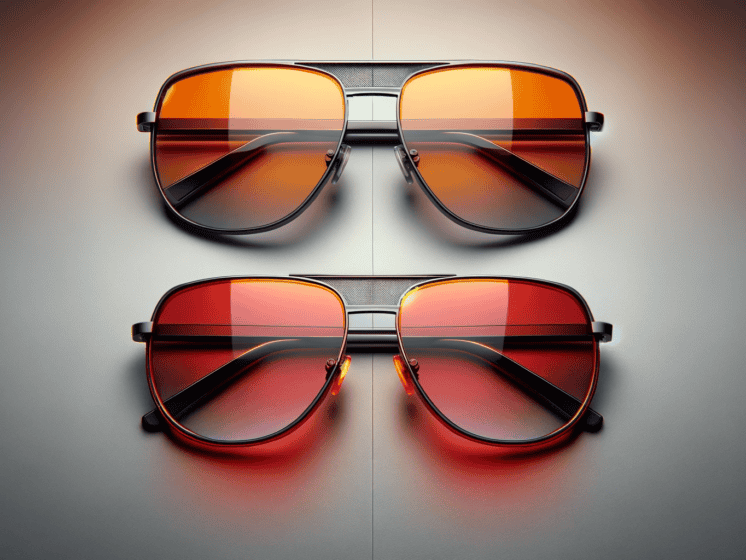While out shopping for sunglasses you might have seen UV protection and polarization listed as features. While both are a good idea to have in your sunglasses, they serve different purposes. Understanding the difference between UV and polarized sunglasses is helpful to know when purchasing your next pair of sunglasses.
What is UV Protection?
Ultraviolet (UV) rays, are part of the sunlight that reaches the earth. They can potentially harm your eyes, leading to conditions like cataracts and macular degeneration. Prolonged exposure without adequate protection can lead to serious eye health issues. Sunglasses with UV protection can block these harmful rays, and the best ones offer 100% protection against both UVA and UVB rays. Always check what percentage of UV rays are blocked when shopping for sunglasses. Learn more about how UV rays affect your eyes.
What Are Polarized Lenses?
Polarized lenses are designed to reduce glare from surfaces like water, roads, and snow. They contain a special chemical applied in a vertical pattern to filter horizontally oriented light, which is beneficial for reducing eye strain in situations where glare can be intense, such as driving on a sunny day or participating in water sports.
In addition to polarized lenses, there are a few different lens coatings and treatments you can get for your sunglasses. If you’re in the market for a new pair of custom or prescription sunglasses, you’ll want to know what to ask for.
So what’s the difference? Both features enhance visual comfort and eye safety, but UV protection safeguards against invisible UV rays, whereas polarization reduces visible glare, for more comfort and ease while wearing your sunglasses.
Can Sunglasses Have Both UV Protection and Polarization?
Yes they can, in fact many sunglasses combine both UV protection and polarization for comprehensive eye protection and comfort. It’s important to check the specifications when purchasing your next pair of sunglasses.
UV protection is generally important for everyday use, especially outdoor activities, from walking to sunbathing, you’ll want to keep your eyes safe.
Polarized lenses on the other hand are ideal for scenarios where glare reduction is important, such as driving, fishing, skiing, or boating, while not necessary having polarized lenses can add a lot of comfort to your day.
What Doesn’t Protect Your Eyes?
You may have heard that darker lenses mean better protection, but that’s not the case. The darkness of the lens does not correlate with UV protection. Clear lenses can offer just as much UV protection as darker ones. When purchasing your next pair of sunglasses, check for labels indicating the level of UV protection. Look for “100% protection against UVA and UVB” or “UV400”.
UV protection and polarization both help maintain eye health and comfort. Polarization by reducing glare and UV Protection by blocking UV rays. If you are looking for a new pair of sunglasses, it’s important to know what types of sunglasses are out there.
Discover independent eyewear with Project Spex. Every Friday, we deliver the latest in collectible eyewear and your favorite independent designers.
Sign up now and never miss a thing!

Will Benjamin is an advocate for independent eyewear and one of the driving forces behind Project Spex. With a passion for unique, collectible, and limited-edition eyewear, Will aims to inspire people to build their own collections through Project Spex, while supporting the success of independent opticals.


